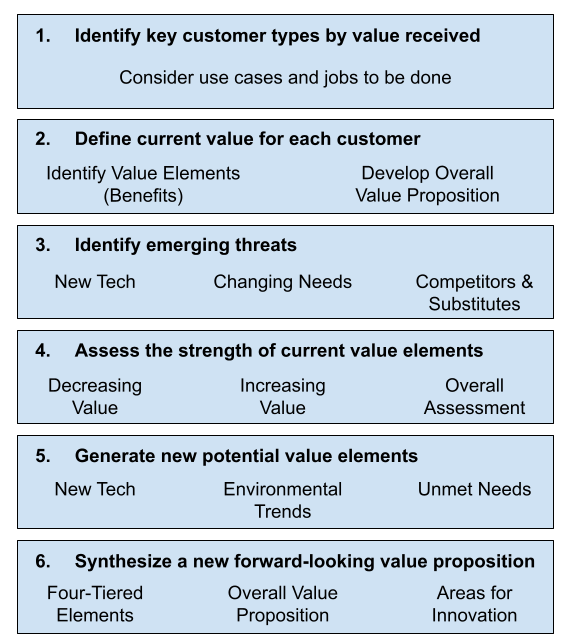The concept of “value proposition” has long felt very squishy to me. If I would ask someone about the value proposition for their product or business, I would often get an answer that felt “warm and fuzzy”. The answers sounded good and probably were based on discussions they’d had with their customers, but I never felt a great deal of confidence that they were a solid foundation for strategic decisions.
So, I was excited when Alexander Osterwalder and team released Value Proposition Design and introduced the Value Proposition Canvas. Finally, it felt like there was a repeatable analytical process for developing a value proposition. Still, there were times when the tool didn’t seem as easy to use as I expected. Something still seemed to be missing.
And then I read The Digital Transformation Playbook. One of David Rogers’ strategic themes is “adapt your value proposition”, and that is the topic of a very rich chapter that greatly clarified my view of value propositions. Most of the chapter introduces the Value Proposition Roadmap and a detailed step-by-step explanation of how to use it. In the article linked below I focus on combining the process that Rogers describes with that used by Osterwalder et al in the Value Proposition Canvas. I actually think a combination of the two is a powerful approach that overcomes the weaknesses of each.

